Chemical engineer Caryn Heldt oversees Michigan Tech’s COVID-19 testing lab; her expertise is in vaccine production. She explains how vaccines get approved and the safety checks in the process.
I am really excited about the new COVID-19 vaccines and will be excited to take it once it is available to me. I have studied vaccines, with a focus on vaccine manufacturing, for over 15 years.
So, why were we able to make a vaccine so fast? Is it safe?
It is safe — and let me tell you what is different about the current COVID vaccines (with a focus on the Pfizer and Moderna vaccines) that allowed them to be approved so quickly. The short answer is: recent scientific and technical advances paired with an extreme determination to make a safe and effective vaccine.
About the Researcher
Messenger RNA
First of all, these are RNA vaccines. They will do nothing to your DNA. Messenger RNA (mRNA) is a molecule in our body that makes protein. It is just the messenger, so it sends its message (meaning it makes protein) and then it is recycled by the body. So the mRNA will not stick around. The mRNA in the vaccines will make the spike protein of the virus, which will display on some of your cells. This is enough to create an immune reaction, and then the mRNA will degrade and so will the proteins. They will not stay in your body.
The great thing about RNA vaccines is they are made on a platform. This means that once we find an RNA we want to use as a vaccine, we plug it into the existing platform without starting over completely from scratch. We can use the same carrier for the RNA, a liposome, for all vaccines. The liposome is a fat molecule that is similar to your cell membranes. Again, it will quickly degrade in your body. So, any new RNA can be plugged into this process and you have a new vaccine quickly.
Vaccine Approval
Pfizer and Moderna have been studying RNA vaccines for a long time. So they had a platform. Genome technology has advanced so much recently that we had the RNA sequence of the virus that causes COVID-19 in January. By May, Pfizer and Moderna were starting Phase I/II trials. These are purely safety trials. So there are people who have had this vaccine since May and they are still being monitored. For the Pfizer vaccine alone, 40,000 people have received the vaccine and a similar number have received the Moderna vaccine. That is a lot of people to already have the vaccine, allowing for a good evaluation of the safety.
Suggested Reading
Journal articles on COVID-19 vaccine preliminary report and the safety and the immune system reaction of the vaccines as well as a Science magazine article that discusses the technological feat that led to RNA vaccines.
So, why are these vaccines being approved so fast? Well, as I said, genome technology allowed us to sequence the virus super fast, so we knew the vaccine target quickly. The Phase I/II trials have been going on since May (so six-plus months) and Phase III trials, which determine efficacy, have been going on since at least July. For the Phase III vaccine trial, you have to have so many people come down with the disease before you can unveil the results. Well, with a highly contagious disease circulating through the population, it didn’t take long for the needed number of diseased participants. When that happened, Pfizer and Moderna put a tremendous effort into crunching the data. For a sense of scale: If five people from the company would normally be assigned to work for three months to crunch the data, the company assigned 30 people to do it in two weeks — the same number of person-hours, just less time to finish. The FDA approval process is the same. Instead of five people assessing the data, they assign 30 to speed up the assessment. But no shortcuts are being done. They just are putting more resources into the project than typical.
The COVID vaccines are a technological miracle and we are in the right place in our scientific knowledge to make it happen. No shortcuts were taken in the safety assessment. Pfizer and Moderna are staking their reputation on these vaccines. They do not want to destroy their company reputation by putting out an unsafe vaccine. But this shows that with the right resources and determination, we can scientifically do anything. In the past, we never devoted the resources necessary to combat a common enemy.
Michigan Technological University is an R1 public research university founded in 1885 in Houghton, and is home to nearly 7,500 students from more than 60 countries around the world. Consistently ranked among the best universities in the country for return on investment, Michigan's flagship technological university offers more than 185 undergraduate and graduate degree programs in science and technology, engineering, computing, forestry, business, health professions, humanities, mathematics, social sciences, and the arts. The rural campus is situated just miles from Lake Superior in Michigan's Upper Peninsula, offering year-round opportunities for outdoor adventure.
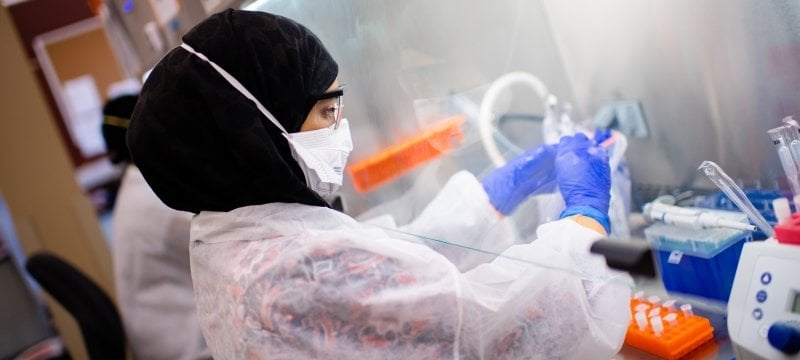
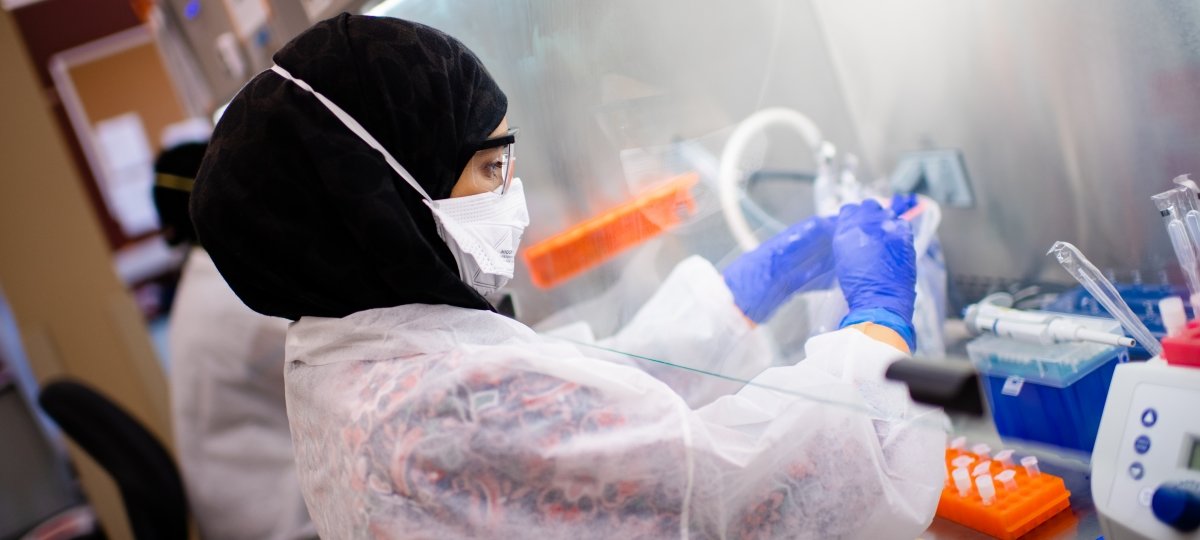

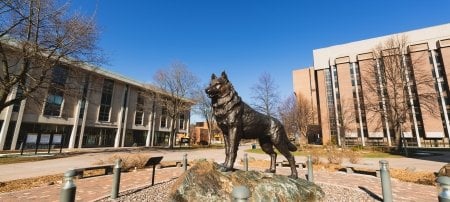
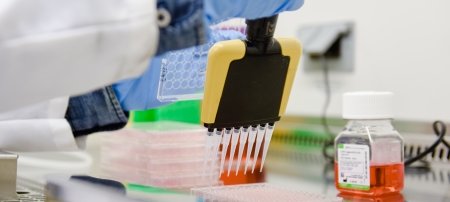

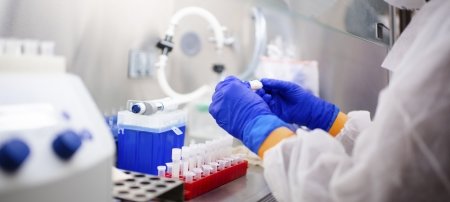
Comments